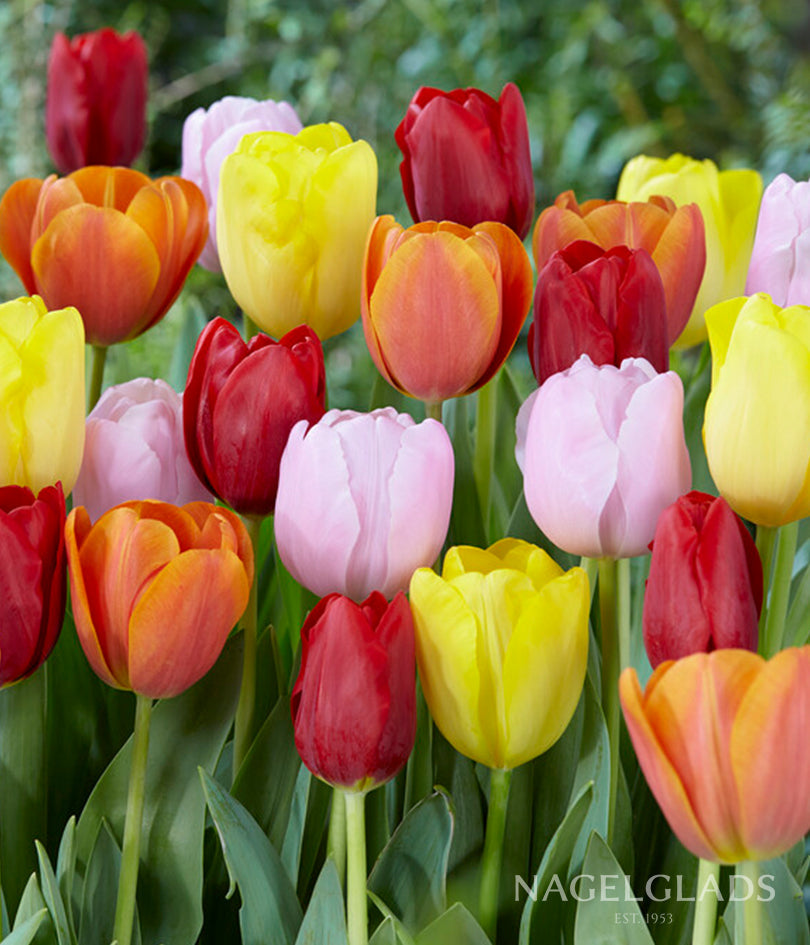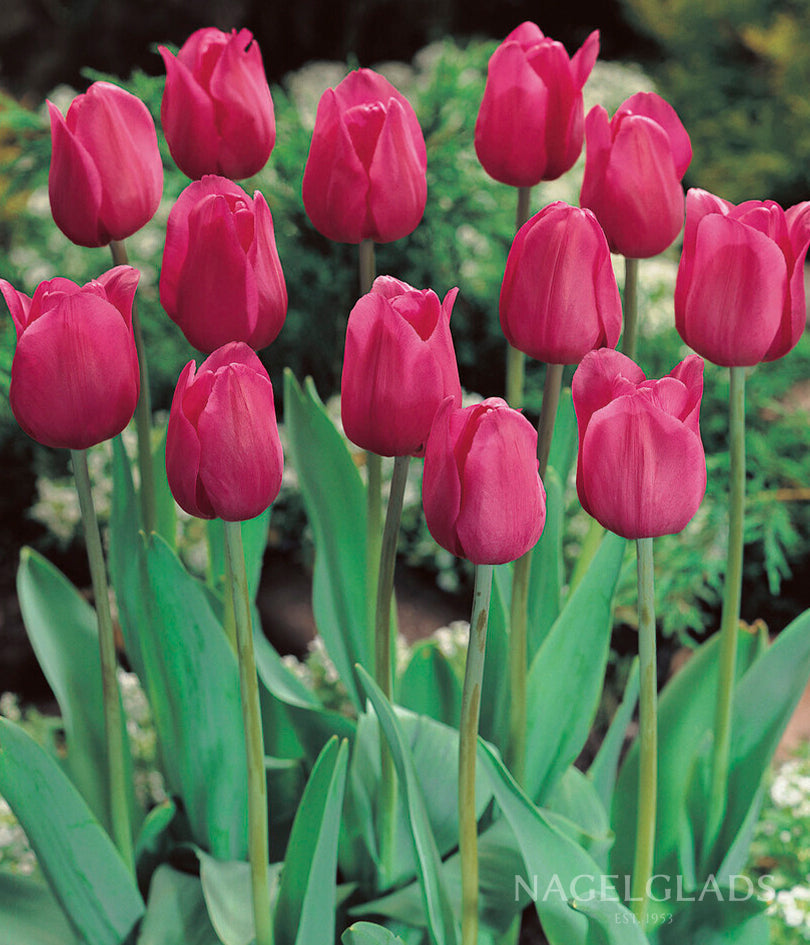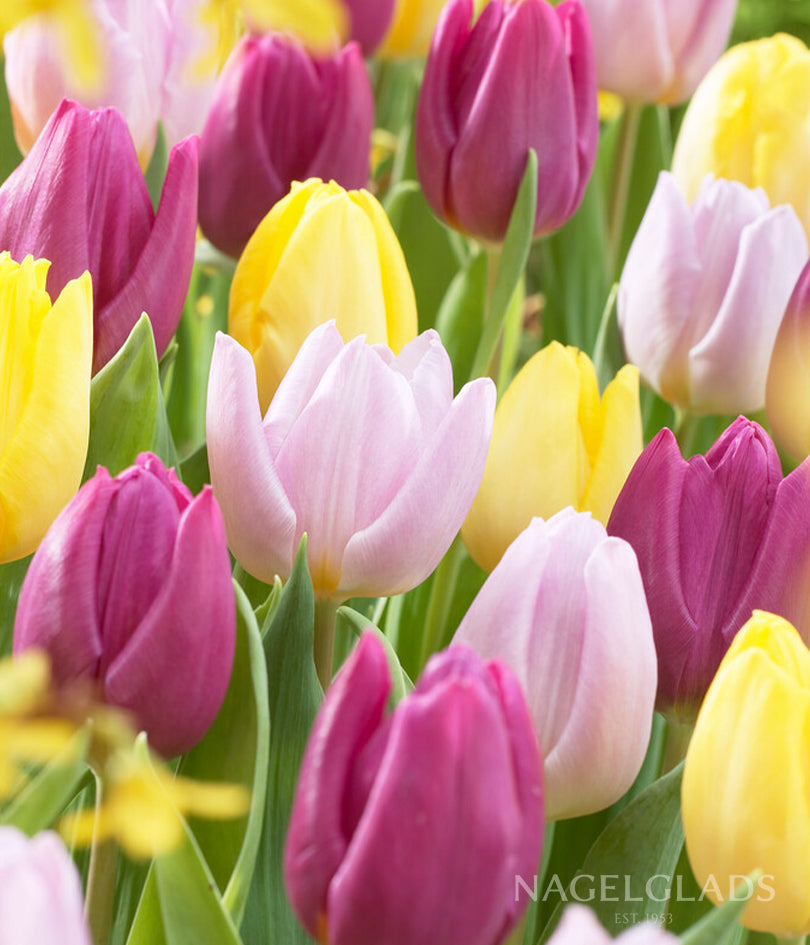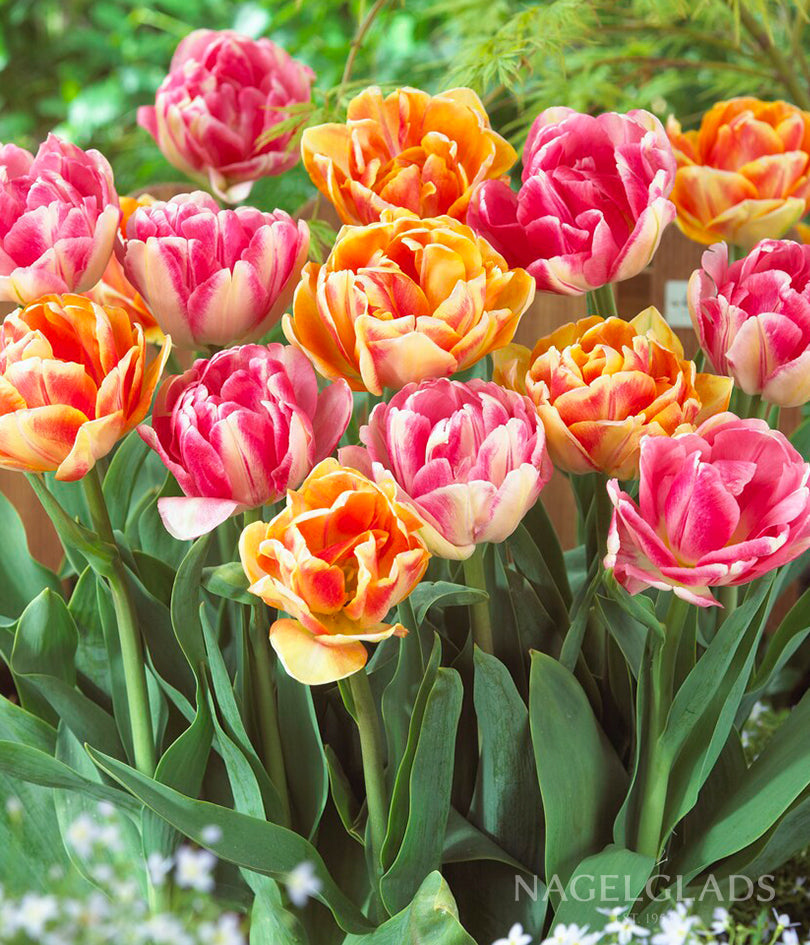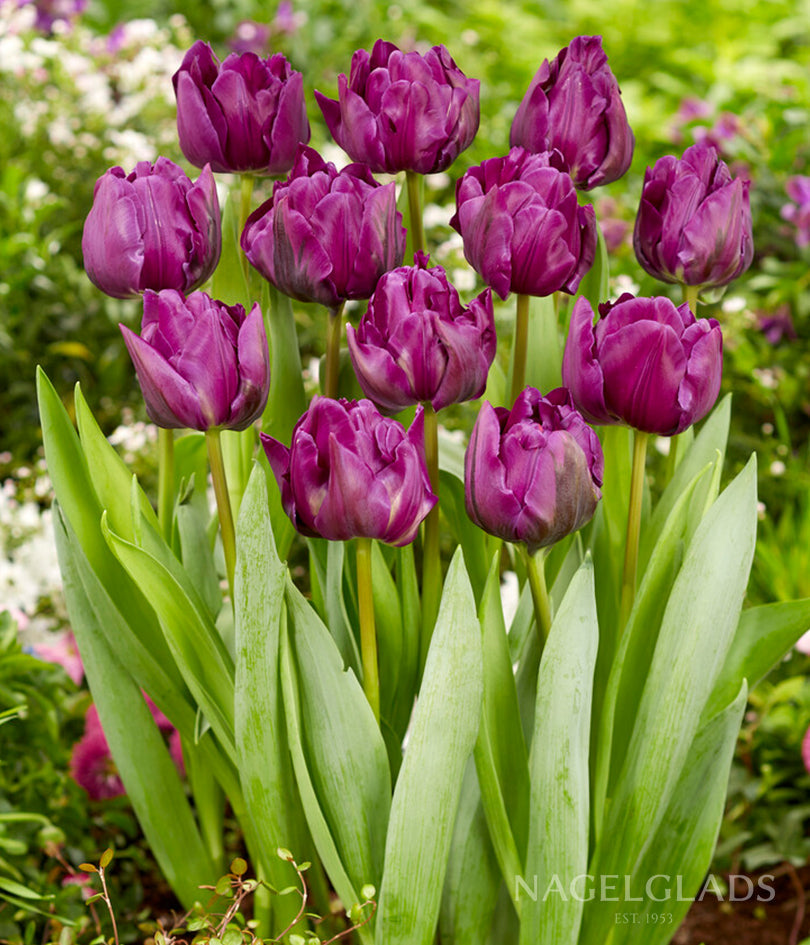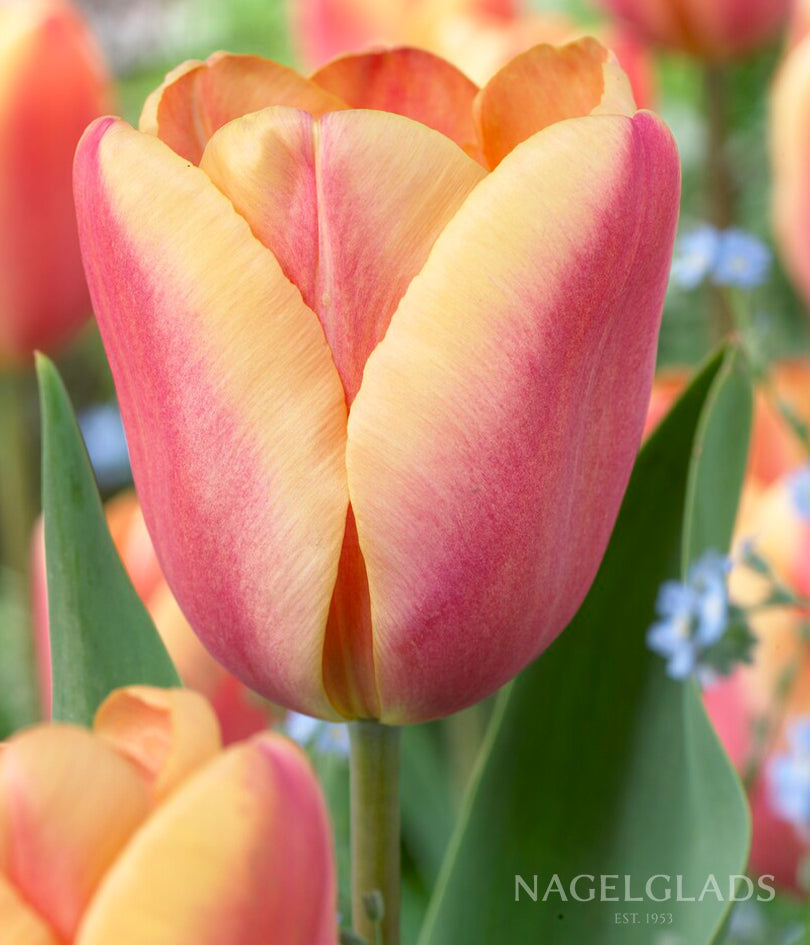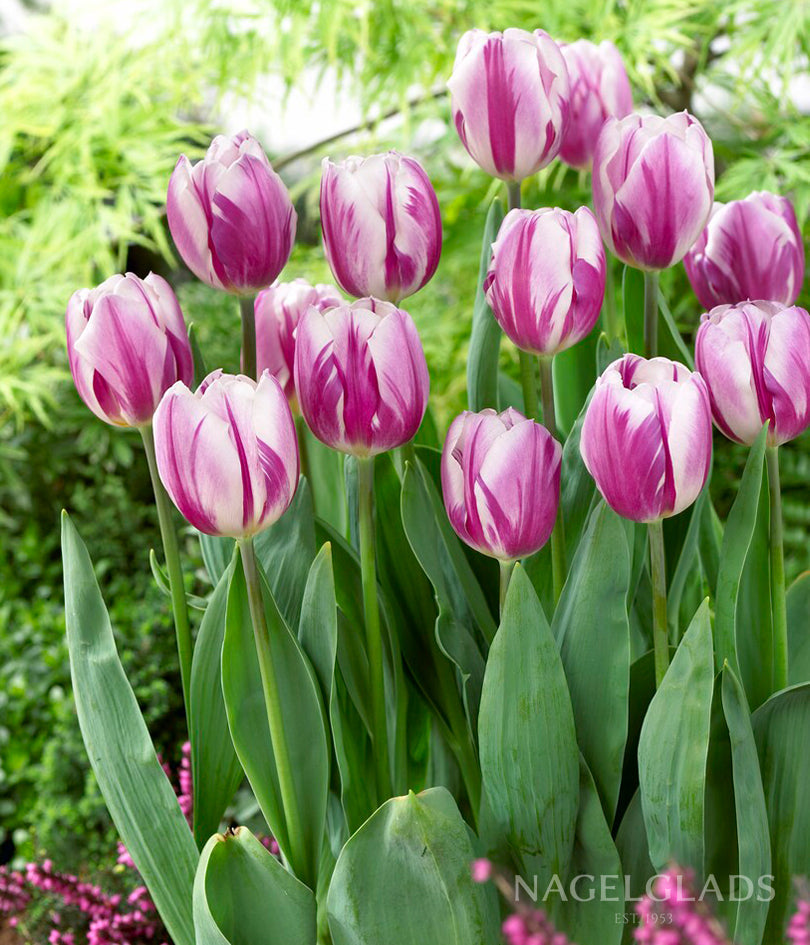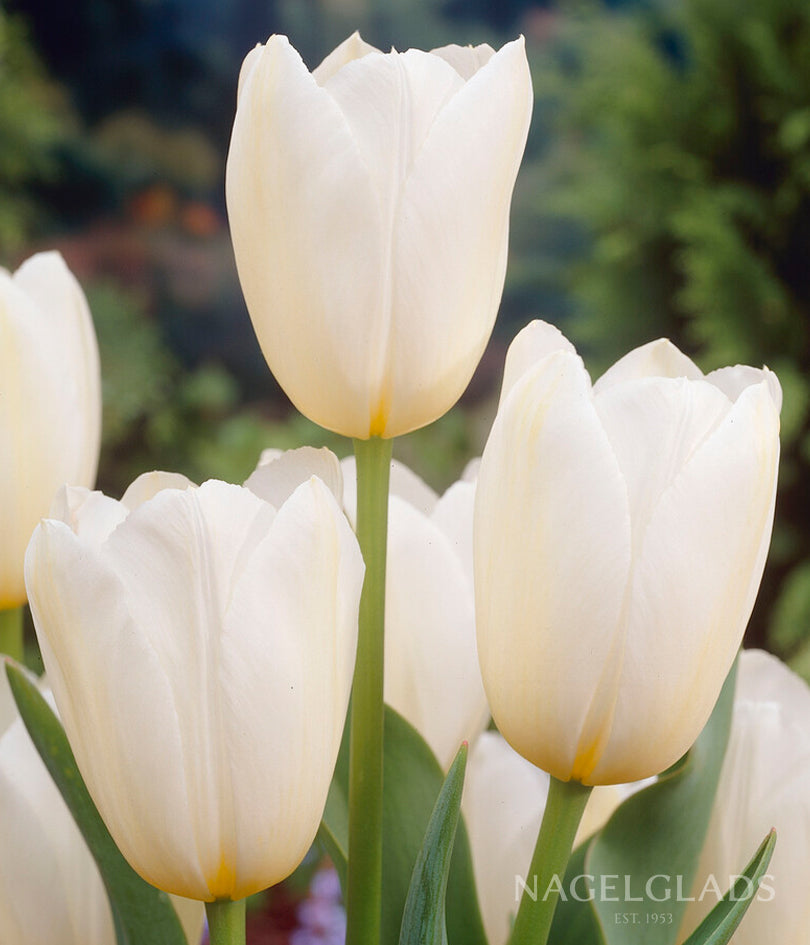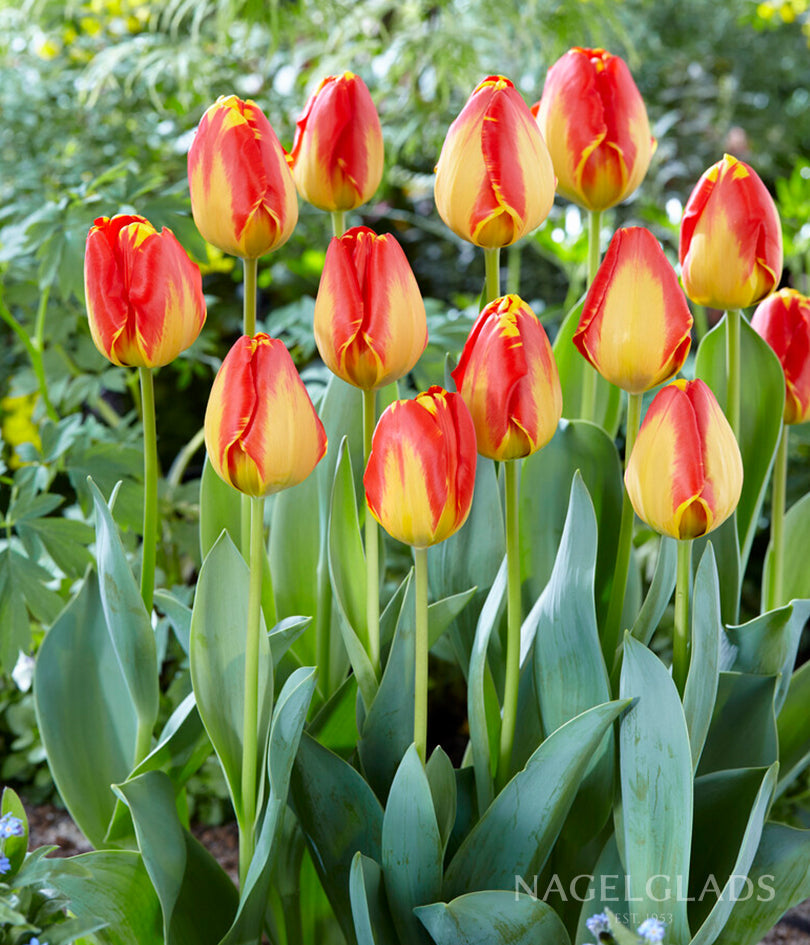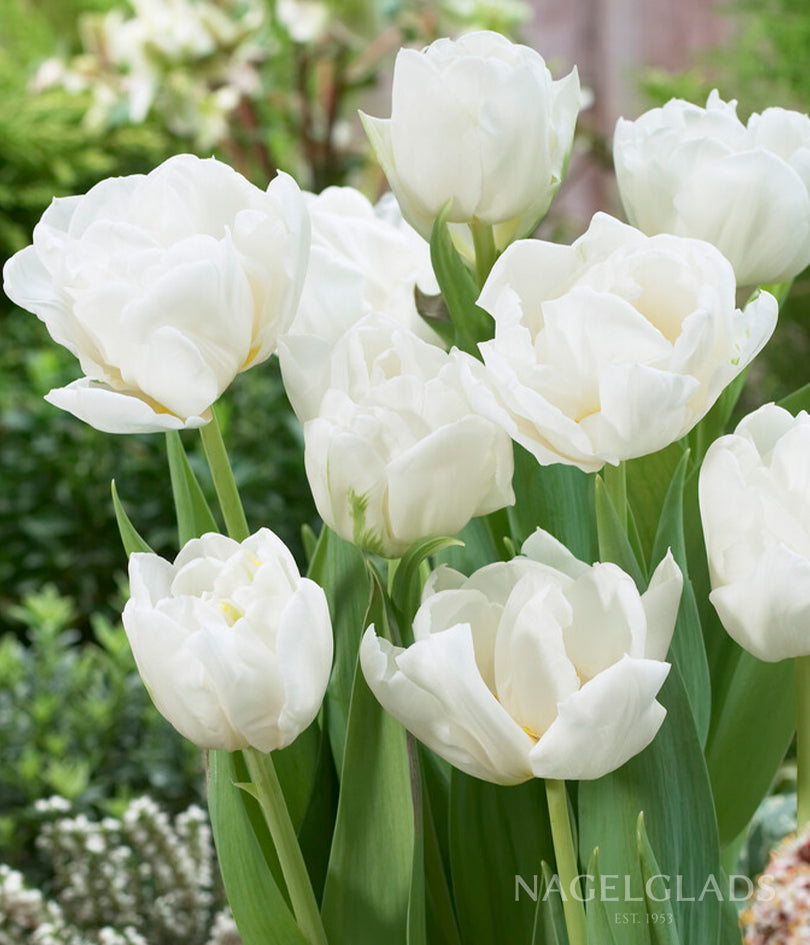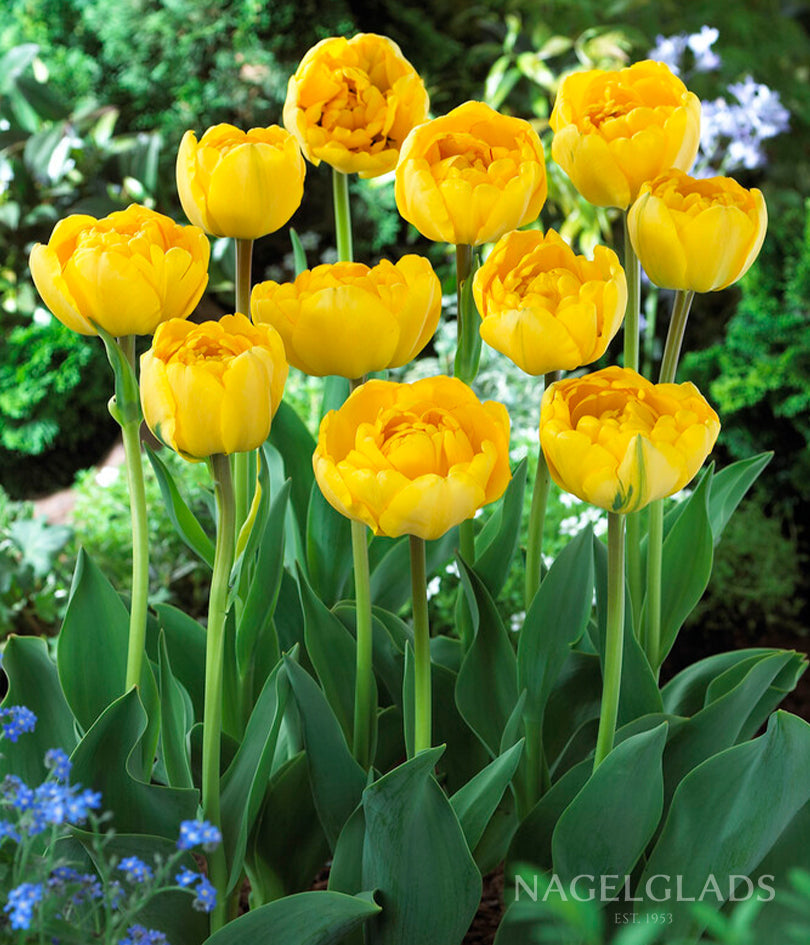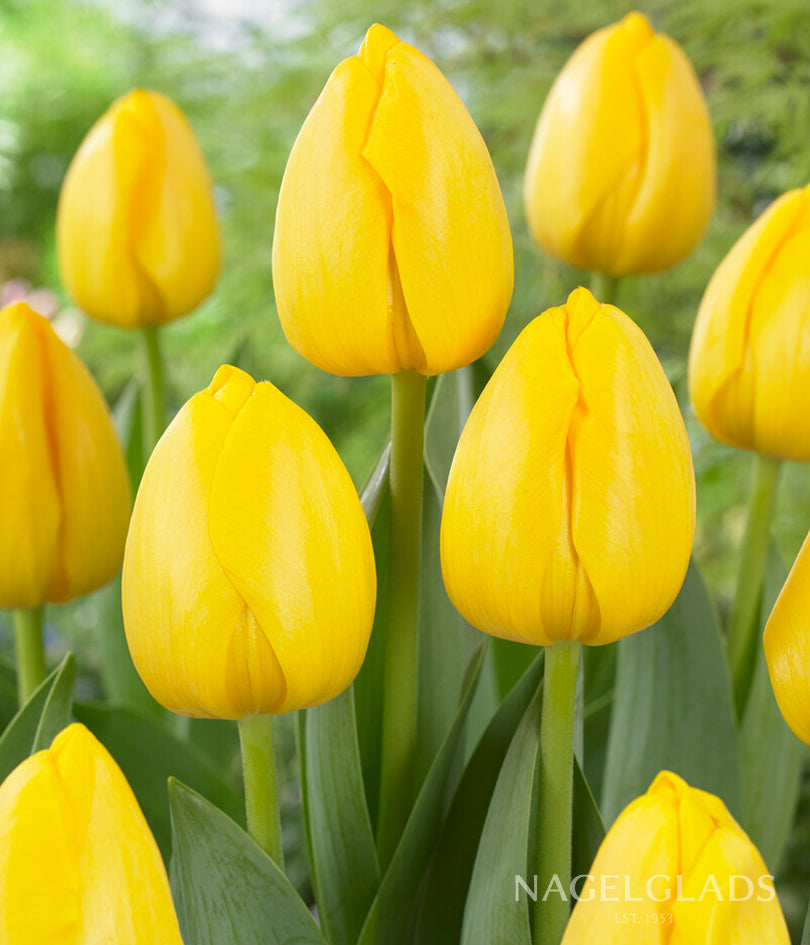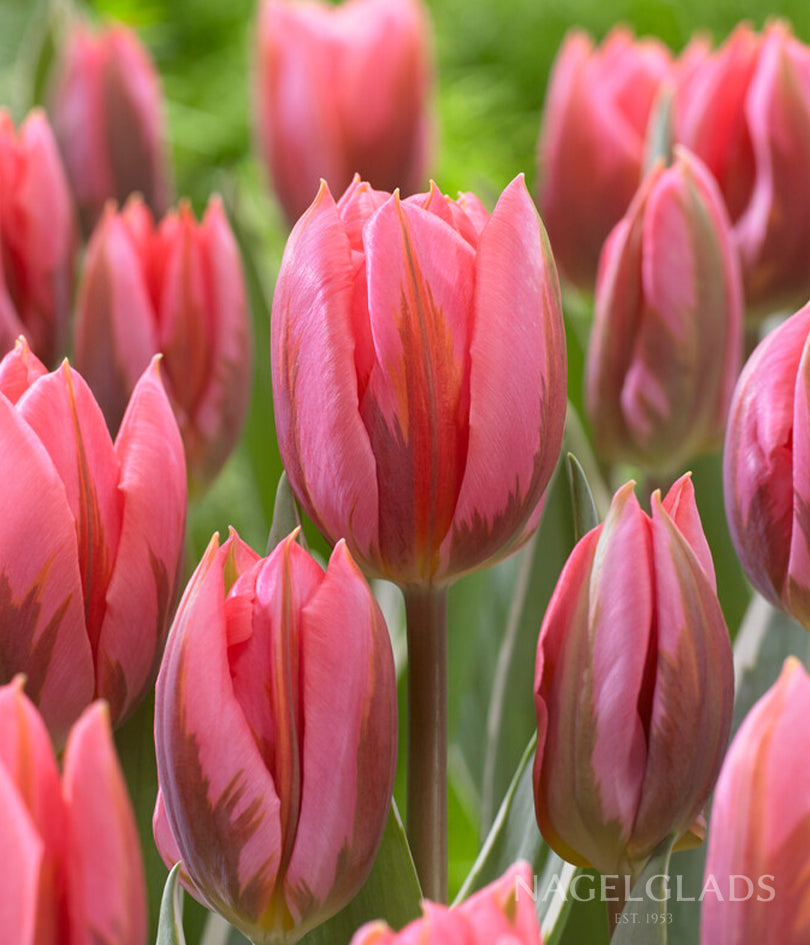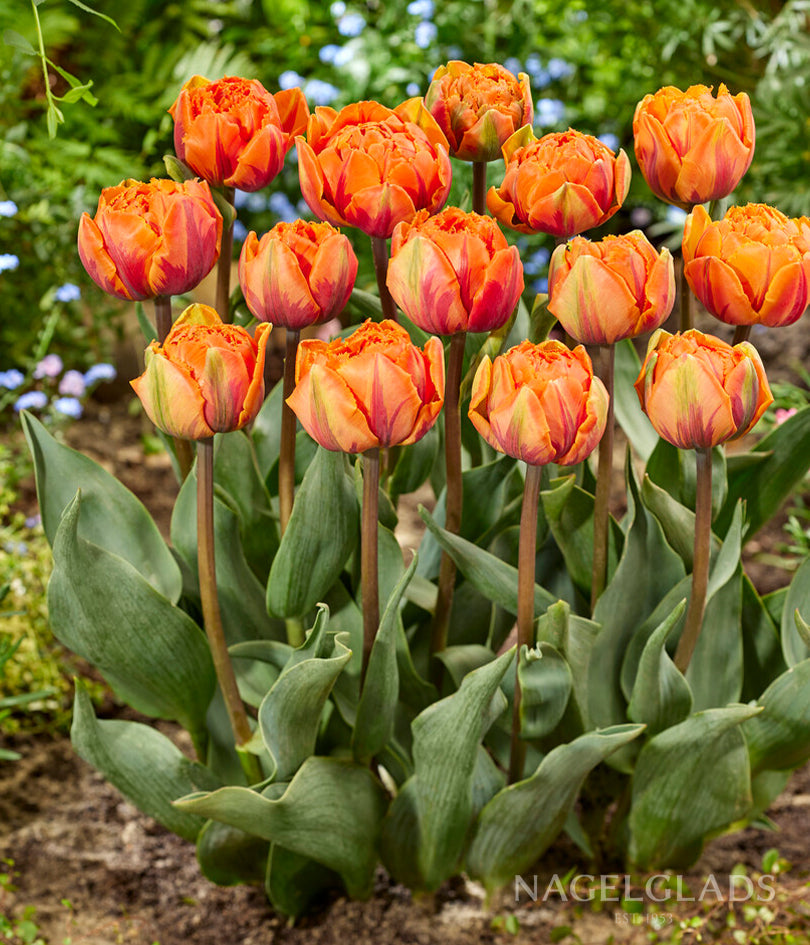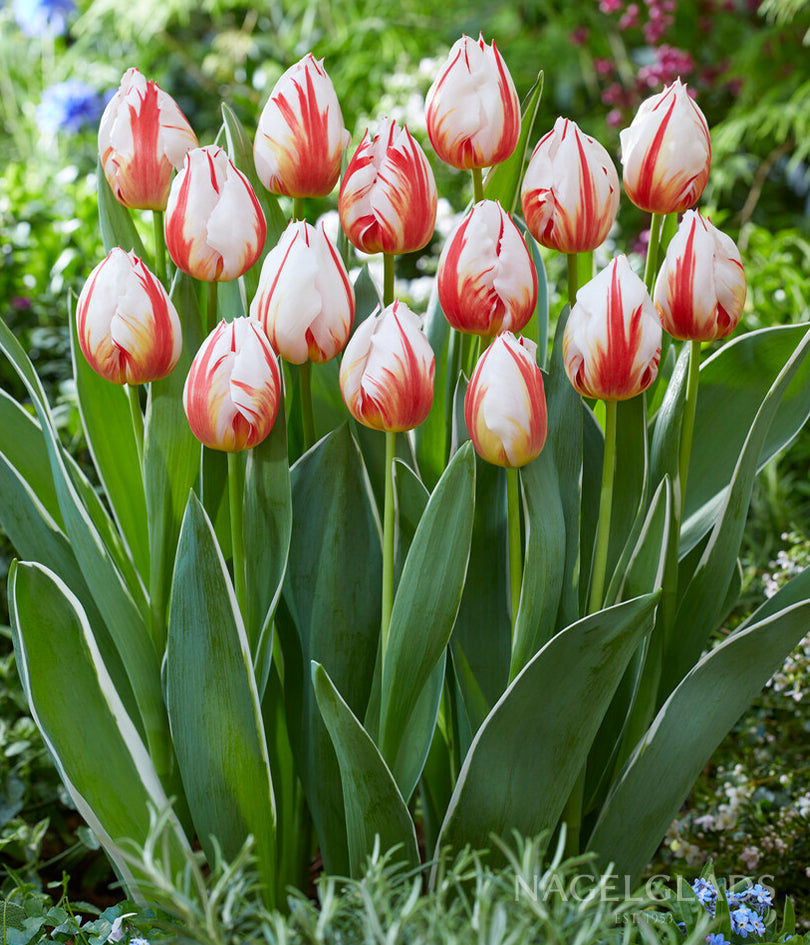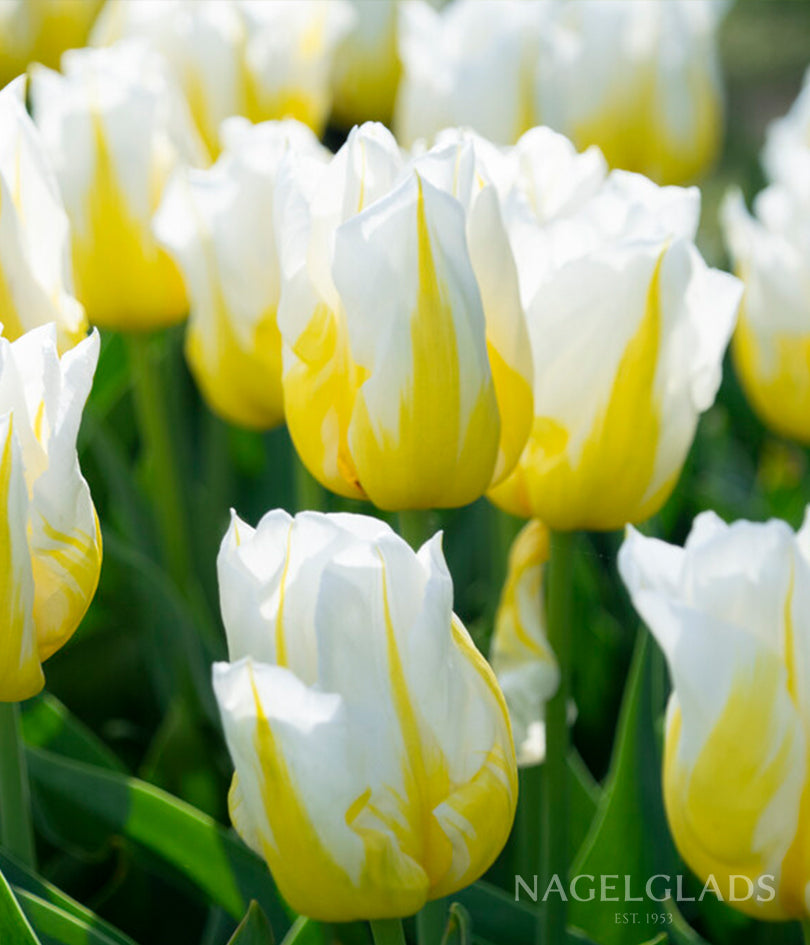One of the easiest ways to get more beauty from your garden beds is to practice succession planting. By timing your plantings throughout the season, you can keep the color coming from spring to frost. Whether you grow for bouquets, pollinators, or pure joy, mastering succession planting flowers means more blooms and fewer gaps.
If you’ve ever felt that your garden peaks too early or fizzles by midsummer, this post is for you. Let’s walk through how to create a simple cut flower succession schedule and highlight some of our favorite flower varieties you can start with today.
What Is Succession Planting?
Succession planting is the practice of staggering your sowings or bulb plantings so that your garden stays full of flowers all season long. Rather than planting everything at once, you plant in waves. As one group reaches peak bloom, the next group is getting ready to open. This technique keeps your garden looking fresh and ensures a steady supply of cut flowers for arrangements.
It’s a flexible method that works for gardeners with small raised beds, large plots, or even container gardens. With the right mix of early, mid, and late-blooming varieties, you can enjoy blooms from late spring right into the fall.
Start with Summer Bulbs
Bulbs like gladiolus and lilies are perfect for succession planting. Since they bloom at predictable intervals based on planting date, you can easily plan multiple rounds.
Gladiolus
One of the top picks for succession planting, Gladiolus takes about 70 to 90 days from planting to bloom. To keep them blooming, plant a new batch every two weeks from early spring through early summer. Try these customer favorites:
- Mixed Gladiolus – A vibrant mix of reds, pinks, purples, and whites that look amazing in garden rows and bouquets.
- Red Balance Gladiolus – These deep red blooms offer a bold, velvety color that stands out in any arrangement.
- Nova Zembla Gladiolus – A pure white variety with tall spikes that bloom beautifully in late summer.
Gladiolus corms can be planted until midsummer in most zones, so there’s still time to plant now.
Oriental Lilies
Oriental Lilies like Stargazer and Casa Blanca bloom in mid to late summer and return bigger each year. While they don’t need to be planted in intervals like gladiolus, combining early-blooming Asiatic Lilies with mid-to-late blooming Oriental lilies helps extend the lily show.
- Stargazer Oriental Lily – Large, pink blooms with a sweet fragrance.
- Casa Blanca Oriental Lily – Classic white flowers that glow at dusk and make excellent cut stems.
Plant your lilies in early summer and they’ll reward you with blooms just when your earlier flowers begin to fade.
Fill in with Bare Root Perennials
Perennials can also play a role in a succession planting plan. Many of them bloom at different times, and once established, they’ll return year after year with little effort.
- Spicata Liatris (Blazing Star) – Blooms in mid to late summer with tall purple spikes that pollinators love.
- Spicata Alba Liatris – A white-flowering counterpart to Spicata that adds contrast and elegance.
- Mixed Phlox – These tall, fragrant flowers bloom in midsummer and are great for cottage-style arrangements.
- Astilbe – Best for partial shade, this perennial blooms through summer with feathery plumes in pink, white, and red.
Plant these now so their root systems establish before next season. You’ll thank yourself later.
Build Your Cut Flower Succession Schedule
You don’t need a complicated chart to plan your garden. Just follow these basic tips:
- Choose varieties with staggered bloom times. Mix early, mid, and late-season options.
- Replant fast bloomers. For example, plant gladiolus every two weeks for continuous spikes.
- Include perennials. These help fill in gaps and add long-term value.
- Use a calendar. Mark your planting dates and estimate bloom windows to stay on track.
- Watch and adjust. Take notes on what blooms when, so next year’s plan is even better.
As you learn your timing, you’ll start to spot where extra color is needed and when to start your next round of planting.
Keep the Bloom Going
With just a bit of planning, succession planting flowers can completely transform your garden. You’ll go from one short wave of blooms to a full season of color, texture, and joy. Whether you’re growing for your own vases or starting a flower business, a well-planned cut flower succession schedule gives you more stems, more beauty, and more reasons to head outside with your snips.





